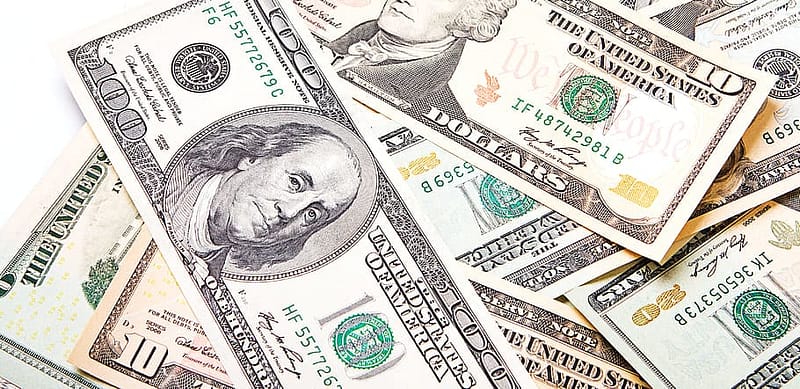Currency pairs play a central role in the forex market, as they represent the value of one currency relative to another. There are numerous currency pairs available for trading, each with its unique characteristics and market dynamics. In this article, we will delve into the three primary categories of currency pairs – major, minor, and exotic – and discuss their key features to help traders better understand and navigate the forex market.
Major Currency Pairs
Major currency pairs consist of the most frequently traded and liquid currencies in the world, and they are typically paired with the US dollar (USD). Examples of major currency pairs include:
EUR/USD (Euro/US Dollar)
GBP/USD (British Pound/US Dollar)
USD/JPY (US Dollar/Japanese Yen)
USD/CHF (US Dollar/Swiss Franc)
AUD/USD (Australian Dollar/US Dollar)
USD/CAD (US Dollar/Canadian Dollar)
NZD/USD (New Zealand Dollar/US Dollar)
The high liquidity and trading volume of major currency pairs result in tight spreads and lower transaction costs, making them an attractive choice for traders of all levels. Additionally, these pairs tend to exhibit more predictable price movements due to the vast amount of economic data and market analysis available.
Minor Currency Pairs
Minor currency pairs, also known as cross-currency pairs, do not involve the US dollar. These pairs typically consist of major currencies other than the USD, such as the Euro, British Pound, and Japanese Yen. Some common minor currency pairs include:
EUR/GBP (Euro/British Pound)
GBP/JPY (British Pound/Japanese Yen)
EUR/CHF (Euro/Swiss Franc)
EUR/AUD (Euro/Australian Dollar)
GBP/AUD (British Pound/Australian Dollar)
AUD/JPY (Australian Dollar/Japanese Yen)
While minor currency pairs tend to have lower liquidity and wider spreads compared to major pairs, they can still offer ample trading opportunities. Trading minor pairs allows for diversification and the potential to capitalize on unique market conditions or regional economic events.
Exotic Currency Pairs
Exotic currency pairs involve the pairing of a major currency with a currency from an emerging or smaller economy, such as countries in Asia, Latin America, or Africa. Examples of exotic currency pairs include:
USD/TRY (US Dollar/Turkish Lira)
USD/ZAR (US Dollar/South African Rand)
USD/MXN (US Dollar/Mexican Peso)
USD/SGD (US Dollar/Singapore Dollar)
EUR/TRY (Euro/Turkish Lira)
GBP/SEK (British Pound/Swedish Krona)
Exotic currency pairs tend to have lower liquidity, wider spreads, and higher transaction costs compared to major and minor pairs. They can also exhibit higher volatility and less predictable price movements. Despite these challenges, trading exotic pairs can provide unique opportunities for experienced traders who are willing to take on increased risk in pursuit of potentially higher returns.
Conclusion
Understanding the differences between major, minor, and exotic currency pairs is essential for forex traders seeking to develop effective trading strategies and manage risk. Each category of currency pairs offers distinct advantages and challenges, so it is crucial to carefully consider your trading objectives, risk tolerance, and market knowledge when selecting the pairs to trade. By delving into the world of currency pairs and exploring the unique characteristics of each category, traders can enhance their market understanding and improve their overall trading performance.







